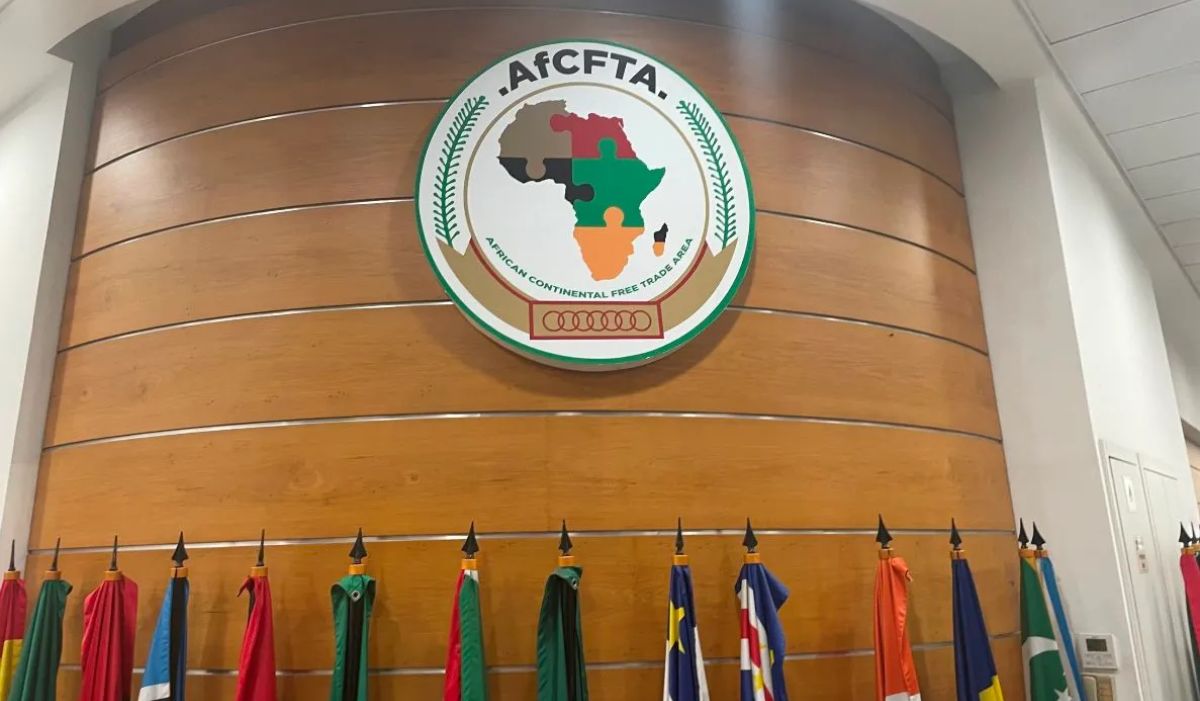Africa Achieves 3.2% Economic Growth Despite Global Challenges – Afreximbank

The African continent demonstrated economic resilience amid global challenges, achieving 3.2% growth in 2024, according to Afreximbank’s 2025 African Trade and Economic Outlook (ATEO) Report.
Dr. Yemi Kale, Afreximbank’s Group Chief Economist, presented the findings at the bank’s 32nd Annual Meetings in Abuja, attributing the expansion to increased public investment, elevated commodity prices, and the initial success of economic diversification efforts.
Kale noted that although positive, this growth rate remains below the pre-pandemic level of 5%. He also highlighted uneven development across the continent, with resource-dependent countries facing greater difficulties.
Nevertheless, Africa’s goods trade rebounded in 2024, surging 13.9% to $1.5 trillion. Intra-African trade also showed significant improvement, rising 12.4% to $220.3 billion, following a 5.9% decline in 2023.
Kale emphasised that the report underscores Africa’s urgent need to transform global fragmentation into a catalyst for resilient, inclusive growth and value-added trade.
He called for stronger African development finance institutions through increased capitalization and more equitable global regulatory frameworks, alongside faster implementation of the AfCFTA.
The analysis highlights the need to expand digital payment infrastructure, address currency and logistics challenges, and leverage Africa’s G20 membership to advocate for reforms in special drawing rights redistribution, debt restructuring, and global financial governance.
Kale stressed that financial independence, digital integration, and coordinated diplomacy must form the foundation for Africa to navigate global disruptions and foster a more sustainable, shock-resistant, and opportunity-rich trade environment.
Afreximbank provided $17.5 billion in funding during 2024 and aims to double intra-African trade finance by 2026. The Pan-African Payment and Settlement System continues to expand, with more than twelve central banks now connected, reducing transaction costs and decreasing reliance on the US dollar and euro.





